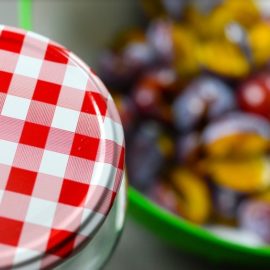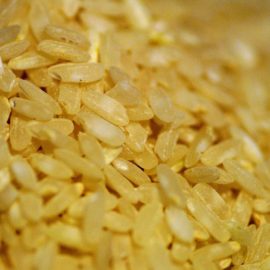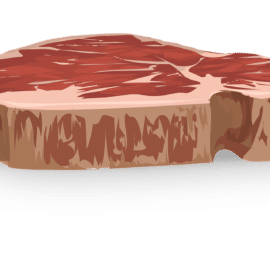
Most food items have an expiration date printed on them to inform consumers how long they can be kept. These dates were not just wild guesses but thoroughly studied before the products to go grocery shelves. But in some instances, food can go bad early than it should be. It’s why people often wonder if the food has gone bad. In most cases, spoilage is usually a result of poor processing, poor handling or poor storage conditions. So how to tell if food has gone bad?
Huge manufacturing companies rarely suffer from these though. They would invest in state-of the-art facilities and highly skilled staff to prevent financial losses from bad products pull-outs.
Homemade products like canned fruits and vegetables, on the other hand, are the usual victims of fast spoilage. Most signs of spoilage inside the jar or can are related to the pH level (acidity or alkalinity.) Most bacteria can at low-acid environment like processed vegetables while molds and yeast can withstand high-acid food like pickles and sauerkraut.
When these microorganisms start grow and multiplying, the food begins to spoil and typical signs begin to manifest. Here are a few indications if the food has already gone bad:
Swollen lids and broken seals
Most reasons for swollen lids and broken seals in food packaging are from improper processing or mishandling like overfilling or closing the container while cool. However, the lid may also swell because the food has already gone bad. Bacteria and yeast are able to produce gas, which can make the lid swell and break the seal.
You might also like: Factors That Affect Growth of Harmful Microorganisms
When buying products in can or glass jar, aside from checking the best before date, visually inspect the tightness of the lid and look for swelling. Concave lid is a clear indication of a good seal.
If home canning, make sure there is an adequate headspace inside the container to ensure a vacuum seal. The headspace is the distance between the underside of the lid and the surface of the food. It allows the expansion of the food during processing. Headspace vary from food to food. Allow half an inch for fruits and 1-inch for meats, seafoods and vegetables.
If there is a little headspace provided, the food will find itself outside of the jar. The food around the lid will give shelter to mold and break the seal in the process. Furthermore, leaving too much headspace will prevent air from escaping the jar and cause the food to spoil.
You might also like: Home Canning: The Importance of pH
Mold and yeast growth
For most people, if they find their food inside the jar contaminated with visible growth of mold, they’ll simply remove the affected portion. However, there are strains that are invisible to the naked eye. And although some mold are harmless, there are molds that are dangerous to humans. So removing the affected portion of the food is definitely a no-no.
Certain molds produce mycotoxin, a toxin which can cause coughing, feeling of fatigue, nausea and vomiting. Individuals with weaker immune systems may feel worst, like diarrhea, liver disease or even death.
Yeasts are responsible for beneficial effects in food like in bread and wine making. However, there are yeast species that are potential spoilage agents in a wide range of canned food items.
Spoiled products caused by yeast can easily be determined by their smell like alcohol or fermentation. High acid and sugary products like jams and jellies are loved by certain species of Zygosaccharomyces. They are notorious for their resistance to low pH and preservatives.
Kimchi is fermented normally by lactic acid bacteria (LABs). When the movement of these LABs has gone down, white colonies of yeast may start to form on the surface.
Gassiness and bubbles rising in jar
Jar a few days old may show bubbles but inactive inside the jar and it’s perfectly normal. However, if it has been aged already, say for weeks and you see bubbles rising, there may be already bacterial growth inside the jar.
Need more guide? Check out this Complete Guide To Home Canning from USDA.
More Home Canning Tips
Home canning can be totally tricky at first. But over time, one can master every step to making totally safe home canned food. Here are some more canning tips to help to:
- Purchase a headspace gauge. You can use other measuring instrument to measure the headspace of your product. But using a headspace gauge is definitely more accurate.
- Canned products love a cool and dry place. Never store it in warm or moist area.
- Invest in a pressure canner or water bath canner. Canned products are usually low-acid and susceptible to microbial spoilage if done incorrectly. Do not improvise by using an oven or an open kettle.
- Never just eliminate the mold-infected portion of the canned product. Do away with it entirely. Harmful microorganism are tricky. Contaminated food may look perfectly fine.


